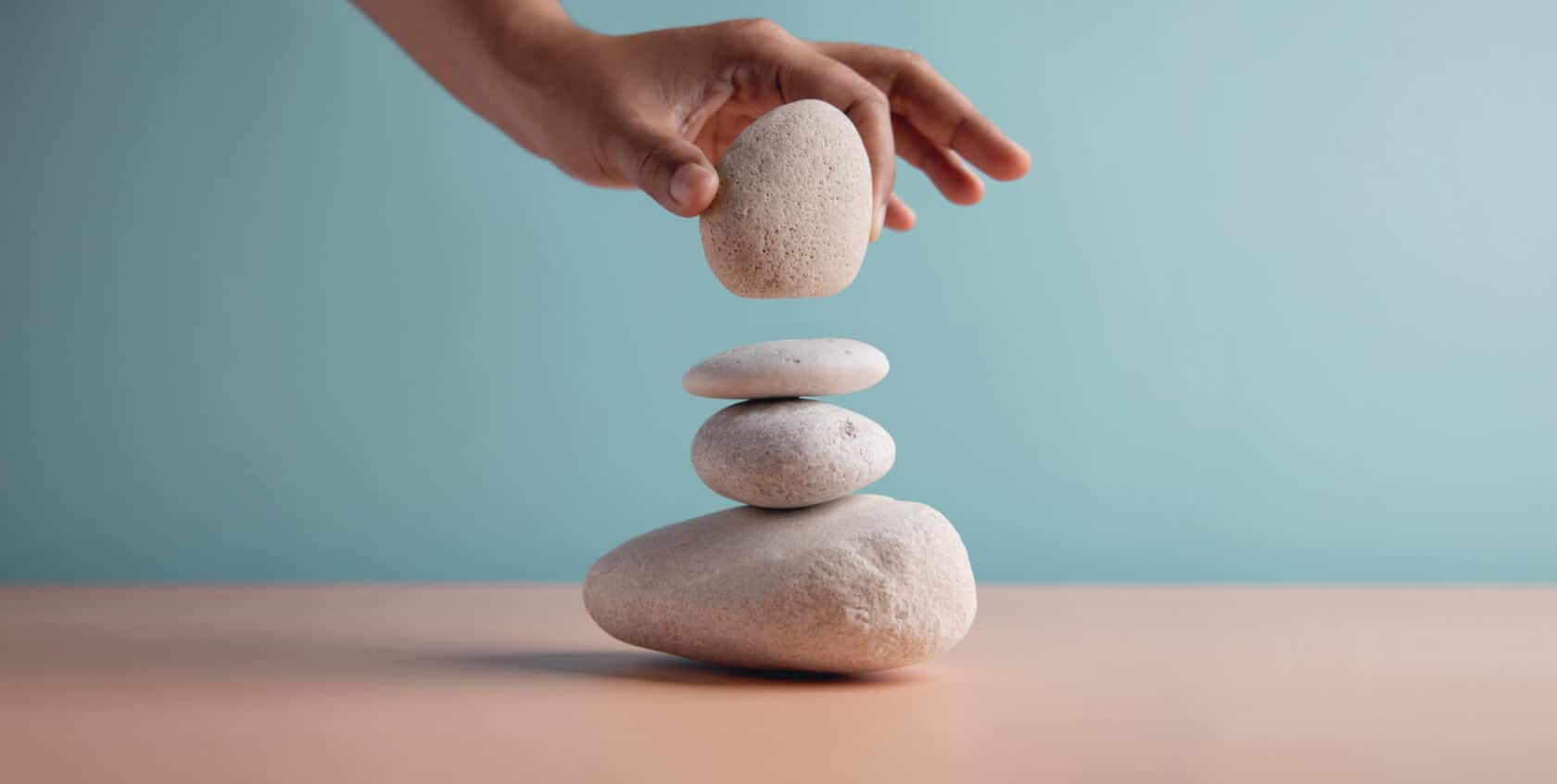Getting a sense of your life, finding out what works and what doesn't is never solved. Here is one writer's journey to creating strategies of life.
We all are wearing multiple hats – both professionally and in personal life. If you too are striving for perfection, balance, and life satisfaction, you might be wondering how you can have it all. You can. But not at the same time.
Switching between commitments in a way that allows us to avoid burnout is tied to our ability to prioritise.
Here we are sharing techniques that will help you set boundaries, pick priorities, and not feel guilty about your choices.
That sense of being “not enough” was really creeping in and affecting my mood and self-esteem. And in that process of trying to find the sought-out life balance and satisfaction, I searched for techniques that worked. I talked to people. I watched YouTubers. I tried things.
Some of it worked, although many strategies didn’t stick. And now I feel ready to share my experience with others.
Here’s how it all started.
Am I Being Determined or Rigid?
I used to consider being determined and goal oriented an advantage. Until this one conversation. It was yet another conversation with my partner. I was whining about me not reaching a goal and stressing out about it.
“One thing that annoys the hell out of me is that you set unrealistic expectations for yourself. And then you start this whole self-loathing thing if you don’t meet them,” he said. And I agreed.
I too noticed this tendency that I would set big goals over short periods of time. And then I would either burn out trying to reach them or I would get frustrated for not getting work done in time.
And that’s how I realised that I don’t need to be so hard on myself.
Changing Your Goals
For some reason the idea of adjusting my goals as I went didn’t come naturally to me. It all made sense once I realised that with the new incoming information I could adjust my goals.
It was hard at first because I always thought I needed to finish something once I started. Walking away from the task was not an option for the old Kate. But once it hit me that I could decide what outcome I wanted, I allowed myself to change the final goal if the new information supported that choice.
That was a big step forward. Another toxic practice I needed to re-evaluate was comparing myself with others.
Unrealistic Expectations
In the moments when I wasn’t achieving those extreme goals, I would always compare myself to others. Mostly girls and people who I thought had it better in the areas I was struggling with.
When I shared this with my therapist, she pointed out that I chose to feel jealous and envious of others instead of working on myself.
That was eye-opening and liberating.
Once I acknowledged that I was choosing the easier path of blaming others, it became easier to make a conscious decision to start working on myself.
Here’s what I wanted to work on:
Procrastination. Feeling constantly overwhelmed, I used procrastination as an unhealthy tool to avoid confrontation and scary, unrealistic tasks.
Putting myself first. I would shove me-related tasks to the very end of the to-do list.
Being present. Having too many projects going on, I couldn’t focus on one task at hand and my mind was always racing.
Being OK with plans going sideways. I really wanted to embrace the flexibility and be OK with not getting through with a goal or completing part of a project.
Having less deadlines. They stress me out, they kill my creativity. And, quite frankly, my brain knows too well when a deadline is artificially imposed.
With these goals in mind, I set out on a half-intuitive half YouTube-inspired journey of figuring out what’s important to me. First, I needed to get my priorities straight.
I Wear 27 Hats (Not) All At The Same Time
To actually see where I was putting my energy and focus, I wrote out all the roles I took upon myself. I got 27 of them:
- Healthy Kate
- Sister
- Friend
- Kate
- Girlfriend
- Daughter
- Super organised and structured person
- Film lover
- Explorer
- Reader
- Vacation taker
- Adventurous person
- Grantmaster (as in someone who searches for grants)
- Social projects organiser
- Instagram blogger
- Youth Time writer
- English teacher
- Tiktok queen
- Learner
- Volunteer
- Mentor
- Mentee
- Cook
- Social media junkie
- Educational consultant
- Music lover
- Yes-man
Then I divided them into two categories. My ‘hats’ became either work- or life-related.
After that I started picking several areas to focus on in a month. I went for three categories for both work and life.
Realising that I couldn’t pay enough attention to all of the areas at the same time, I first picked six of them for a month. That’s what my priority table looked like in June:
This approach didn’t quite work out because I could only focus on four out of six priorities at maximum.
By August I got down to two priorities per category. I also added a small ‘today’ column to keep track of habits I worked on.
This allows me to consciously decide which categories are a priority for the next month or fortnight and which ones I can ignore guilt-free.
This exercise is also a nice way for me to evaluate whether a new project I’m about to start actually goes with what’s important for me at the time. And if it doesn’t, I can say no to people in a more intentional way.
I understand that I can’t completely ignore some tasks that would fall into other ‘non-priority’ categories. So here’s another exercise.
Hell Yes vs. No vs. Delegate
Knowing the four priorities for the month, I can better agree or reject offers and be more mindful about how much energy I put into different tasks.
Here I write down the tasks that I tend to do on a recurring basis. Then I put them into Yes, No, or Delegate categories based upon whether or not they help me achieve my goals.
Now that the priorities are more or less defined, knowing where my attention should go helps me prioritise smaller tasks in my to-do.
T-Shirt Sizes
Once every week or so I do a big clean-up in my to-dos. I tick off all the completed tasks and assign a t-shirt size to each to-do item based on how long it will take me to finish:
This way I’m able to pick the tasks and allocate enough time to complete them.
Something I’m still contemplating about is adding a time-based prioritization to this category. In the past, I used to love the quadrant method with its four (un)important/(non-)urgent categories. But since I’m trying to move away from the urgent tasks, the system no longer suits me.
Overall, I’m much more content with life. Thanks to these prioritisation techniques, I am able to better control where my attention goes and pick the tasks based on size to better manage time.
Get more life advice from our author here:
Support us!
All your donations will be used to pay the magazine’s journalists and to support the ongoing costs of maintaining the site.
Share this post
Interested in co-operating with us?
We are open to co-operation from writers and businesses alike. You can reach us on our email at [email protected]/[email protected] and we will get back to you as quick as we can.










